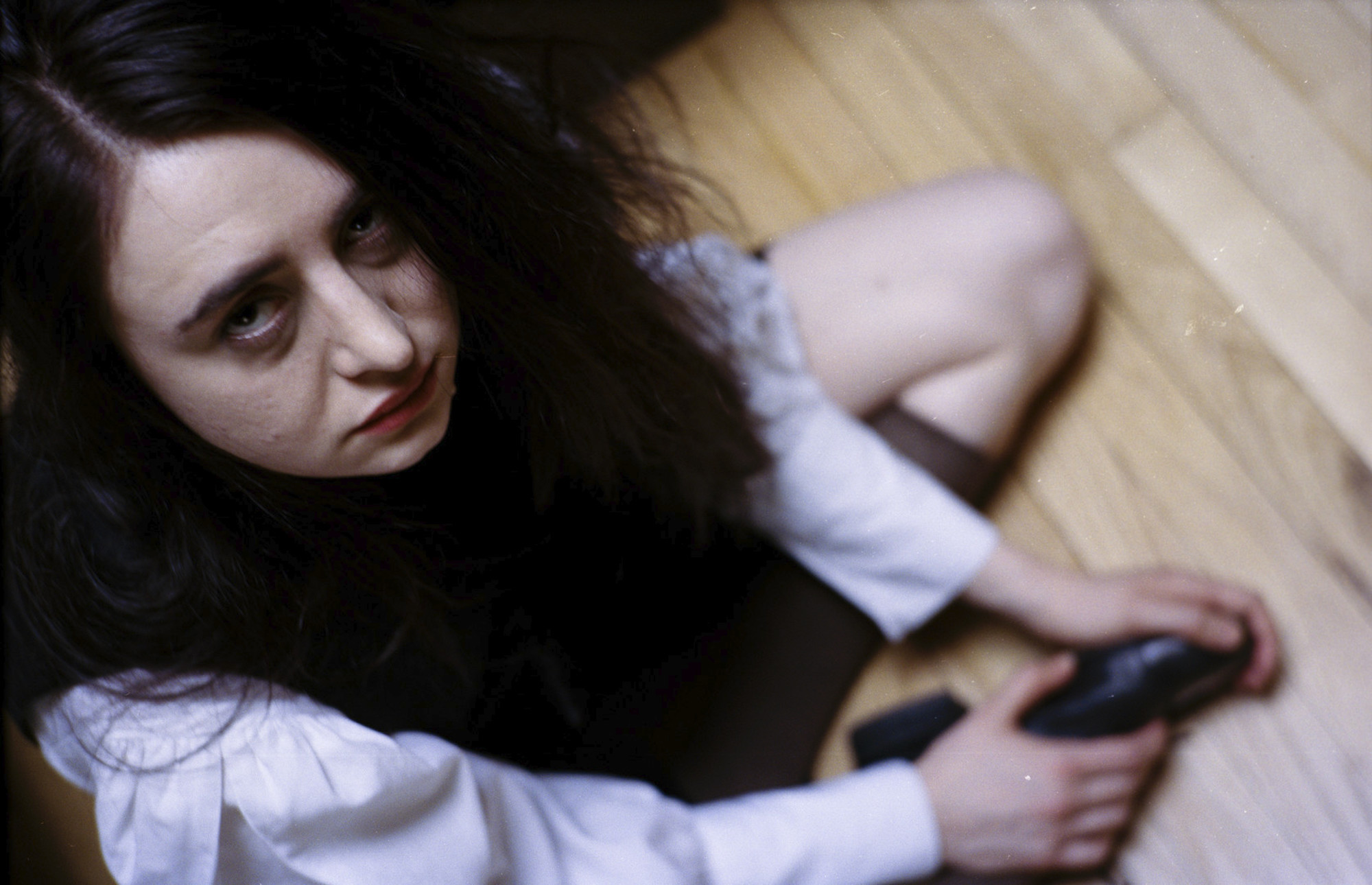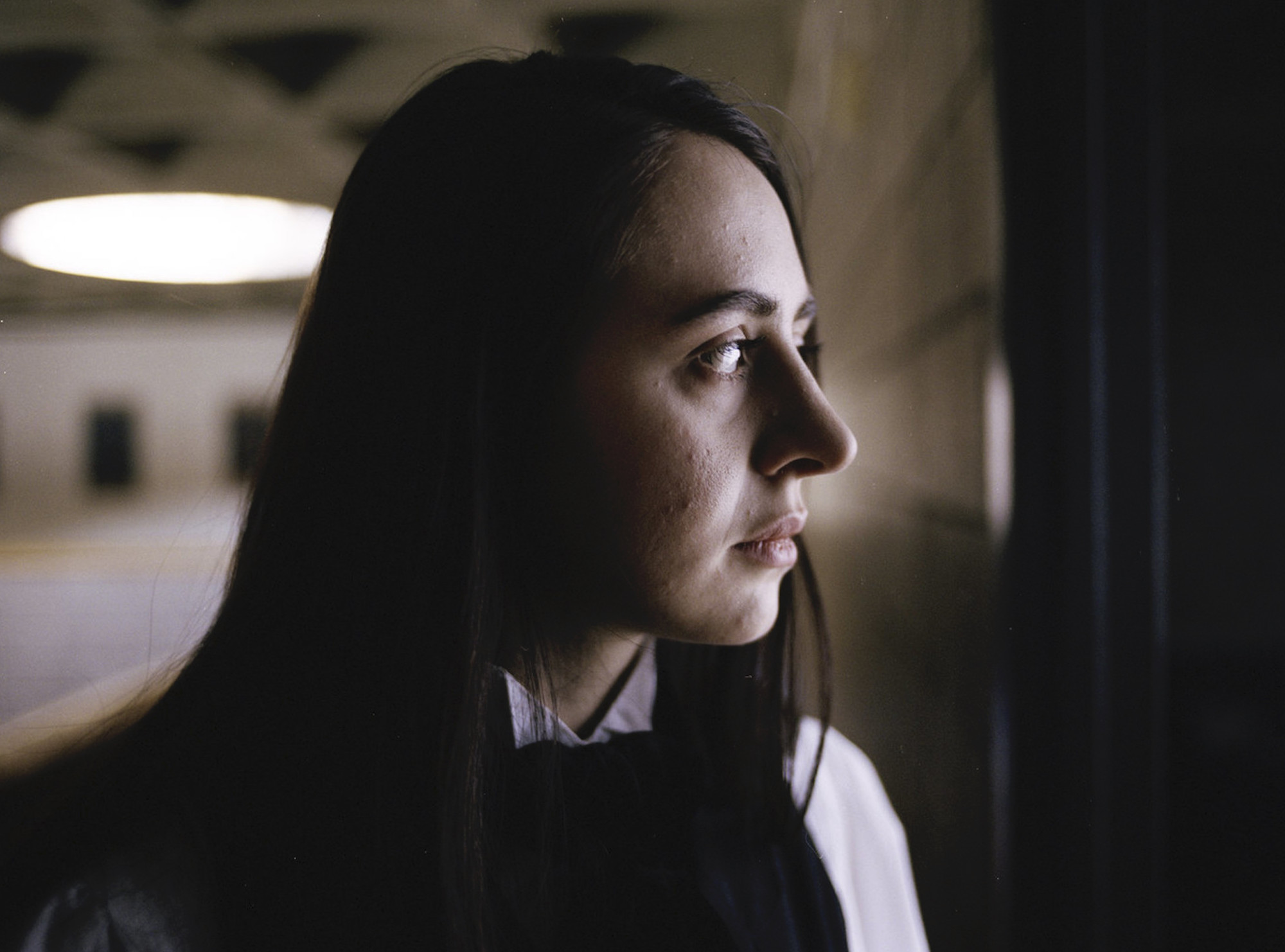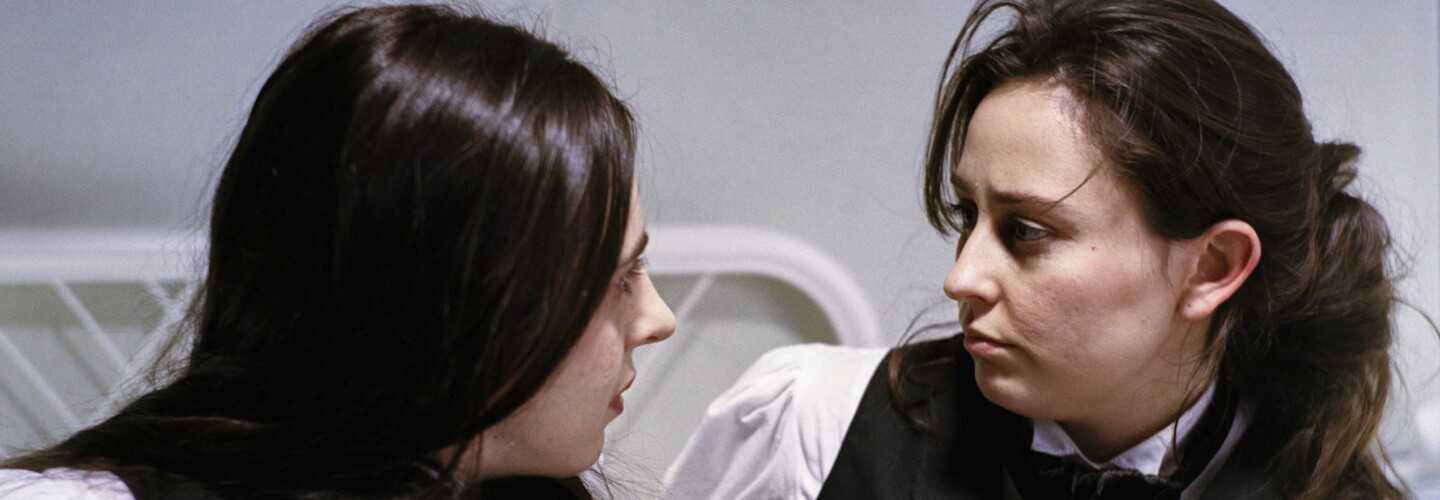
Sisterly relationships are all imperfect in their own unique way. No matter the apparent closeness or similarity, cracks can easily show in the face of unforeseen circumstances. For Henriette and Anais, living together in an all-girls boarding school inspired by Weimar Germany, their inseparable bond is sorely tested with the arrival of a mysterious new girl. Aided by an oddball approach to narrative construction, nostalgic-feeling Kodak-shot images, an eerie, unnerving sense of rhythm and atmospheric 70s-style synth music, Kevin Vu’s Perfect as Cats – which premiered in competition at the 68th San Sebastian International Film Festival in 2020 – proceeds with a controlled sense of chaos, carefully capturing the way rifts can grow in even the most perfect-seeming relationships. We talked to the New York-based director about being influenced by Bauhaus architecture, shooting at Princeton University, his attraction to misfits, and removing the need for men in the film entirely.
So Perfect as Cats is a student film. Was it your thesis project?
This was my thesis project for the NYU graduate film programme. I shot it three years ago, pre-pandemic, so it was an entirely different world. It was a great learning experience because it was really a culmination of everything I learned in film school. It really applied a lot of the motifs I was exploring in my other short films, especially misfits who are obsessed with becoming someone other than themselves. And that’s usually driven by this desire for love, acceptance and meaning.
What drives you to misfits?
Having grown up as a very quiet, introspective child of Vietnamese refugees, I always felt like a little bit of an outsider, especially when trying to assimilate into American society. Even though I was born in the United States, it was easy to feel like an outsider. For that reason, I think being a misfit can feel surreal so I’ve always been interested in re-contextualising my experience and our stories.

What drew you to an all-girls school? What’s interesting about that kind of milieu?
My shorts always follow women. One reason is that is I personally feel like we’ve seen enough films about straight white men. I wanted to move away from that. Also, I had done a lot of research into schools that I wanted to model my school after. I was primarily interested in the Bauhaus school in Weimar Germany. During that time, I learned that there were a lot of Bauhaus women artists who went under the radar so I wanted to explore this idea of what happens when women are in this insulated world with one another and deep-seated jealousies and resentments come to the surface.
I personally feel like we’ve seen enough films about straight white men.
I’d love to know about your writing process as the film takes an oddball approach to storytelling. How do you go about approaching your narratives?
I’m always drawn first to an image or emotion I want to express, and so it just gestates for a while until I sort of have a character in mind. Usually, the narrative comes later. I guess I take a lot of time trying to determine what I’m trying to say and what I’m interested in exploring. I’m also really interested in finding unique ways to tell stories, so I try not to refer to cinematic experiences. Especially when I write, I don’t watch films or anything. I try to look to other art forms that influence my writing, like artists from the Bauhaus period. I was always curious: how could I use this as a reference to tell a story as opposed to purely movie references, as it’s so easy to reference films that are obvious.

What was it like trying to find a school that could fit into the Bauhaus era?
Oh boy, that was a challenge! Originally I wanted to shoot in Germany, but it just wasn’t feasible with our budget. So my Production Designer Lorenza Astengo Fefer, who I worked with extensively, and I tried to think about how we can make a European atmosphere in New York. Serendipitously, she had stumbled upon the first location, which was on Lower East Side Manhattan, which she had location scouted for a previous project. Our second location was actually Princeton University in New Jersey. So, some of the interiors and most of the exteriors were shot in Princeton, who were very accommodating. It definitely has an old-school feel to it. One thing we did discuss is that we didn’t want an obvious setting. It’s a story that’s influenced by Gothic literature, but I didn’t want to set it somewhere obvious, like a Gothic mansion or anything. I was more fascinated in making it incongruent and realistic.
This is well complemented by the costume design. I love these uniforms; how did you come up with them and work with your costume designer?
My Costumer Designer Desira Pesta is amazing. I gave her some of my initial inclinations for the costumes. I told her that I definitely wanted to see achromatic colours and sent her some of my reference photos. But she started supplying her own reference photos and it became an amalgamation of different ideas. She looked at Victorian school children at the time, as well as having a little bit of a Japanese influence. She drew a lot of the patterns and the clothes in the film from Japanese attire. I thought it was just really brilliant.

The two girls feel perfectly cast, both similar in shape and look, but still with distinct personalities. What was it like finding the right balance in casting?
I was very selective about that. I cast Tatienne Hendricks-Tellefsen as the older sister first, as I had her through headshots and actor’s reels. I was just like: “That’s her, that’s Henriette.” Then Claire McClain, who plays Anais, came two weeks before it was shot because I wanted to make sure that whoever I cast resembled one another and looked like they had a history with each other. I put them in a room together and they just really clicked.
I wanted this film to resemble a dream and I felt like 16mm really captured that haziness and feel you would get.
What was it like shooting on 16mm? Was that always the choice from the beginning and how did it suit the aesthetic of the film?
It was always a choice to shoot 16mm. I love it. It’s obviously expensive and I don’t recommend it a lot of the time but I knew that for my thesis project I wanted to shoot for the stars with this one. For aesthetic reasons too. I love the texture and images it produces. Because I wanted this film to resemble a dream and I felt like 16mm really captured that haziness and feel you would get. I don’t want to say it’s impossible to emulate with digital, but I wanted the film to feel very removed and I think 16mm was the choice to go with in order to capture that.


What are you working on next?
Currently I am working on developing my first feature She’s Getting Darker which is similar in vein and tone to this film. It’s going to be about a young woman who joins a woman’s self-defence class while also finding herself cursed by otherworldly beings.


